The content of the article
It's no secret that feline animals independently produce hygiene of their body by licking their hair and genitals. However, after childbirth or surgery (cesarean section), the cat may not have the strength and ability to take care of herself - all her attention is taken away by the offspring.
In this case, a caring owner needs to know when to start washing a pet and how to properly carry out this procedure so as not to injure a weakened body.
Is it possible to bathe immediately after childbirth
The female experiences severe physical and psychoemotional stress during labor, so in the first 7 days she should not leave the place with kittens for a long time. Basically, she performs the usual actions - she goes to the toilet, eats and drinks water. It is advisable to place the tray and bowl in the same room with the "nest" so that mom can watch the brood.
During this period, all hygiene procedures are reduced to replacing the litter in the box, but bathing (even local) can not be discussed for a number of reasons.
- Most cats are afraid of water and can hardly tolerate related procedures. And stress for a nursing cat is dangerous due to a decrease in the amount of milk or a complete cessation of lactation, a change in its smell or taste.
- Particles of household products (shampoo, soap, etc.) may remain on the nipples of the animal. In the process of feeding, newborn kittens lick this chemistry, which can cause severe poisoning, vomiting and diarrhea, and the weakest in the litter may even die.
- Incorrectly selected water temperature (too cold or hot) can trigger inflammatory processes in the urogenital system or mammary glands of the female.
Of course, it is difficult for the owner to observe the bloodied, fallen and clumped coat of the animal. But in the first week, he can only try to carefully remove the lumps with a ring cutter, comb out a soft comb (in this case, you should not take the pet out of the nest). If the sticking tangles do not lend themselves to combing, then gently moisten them with warm water.
When to start hygiene procedures
Unlike dogs, cats do not have to bathe after giving birth. The influence of hard industrial tap water and cosmetics violates the natural secretion of the sebaceous glands. The skin of the pet begins to dry out and peel off, seborrhea develops, the hair becomes faded and falls out. Therefore, resorting to such a comprehensive hygienic procedure is recommended no more often than every 2-3 months.
Bathing a cat after childbirth is possible after 2 weeks according to indications:
- the presence of birth traces (blood, placenta and other organic fluids) on the skin and coat;
- fallen, dirty, sticky and tangled hair;
- the presence of traces of excrement;
- bad smell from the animal.
If fleas were found during the bathing process, it must be understood that immediately after birth, the use of insecticides is strictly prohibited. To remove all ectoparasites, simply put the cat in the bathroom with warm water, thoroughly moistening the hair to the neck area (avoid getting liquid in the ears and eyes). Water immobilizes parasites, and you can comb them out of the wool with a thick comb.
If a cat is smeared with household chemicals or paint after childbirth, it is advisable to trim the coat, rather than try to wet it. Many chemical elements in a liquid medium, on the contrary, are activated and can cause severe burns, skin necrosis.
Rules for bathing a cat after childbirth
The owner needs to minimize the stress factor for the pet, so the procedure should be performed confidently without chaotic movements, as well as promptly.Prepare yourself in advance:
- Feed your cat in advance (at least 4 hours before swimming).
- Make sure the animal empties the bladder and intestines.
- Wait until the female feeds the kittens, that is, milk almost completely leaves the mammary glands.
- Heat the air in the bathroom to a comfortable temperature of 23-25 ° C.
- Put on the shelf all the necessary accessories (shampoo, 2 types of combs, soap, cotton pads, etc.).
- Type water up to 35 ° С in the bath, not more.
- Place a cloth or rubber mat on the bottom of the bathtub or basin, which will prevent the pet’s paws from slipping.
After the procedure, remove your favorite from the water, wrap in a terry towel and dry gently. Then it is advisable to immediately dry the hair with a hairdryer at medium pressure and temperature. This should be done in a room where there is no draft.
Of course, it is important to ensure the hygiene of the giving birth to a cat, since pathogenic microflora can multiply in sewage and fallen wool. Make sure that the animal is comfortable and calm during the procedure and remember that you can start bathing the female no earlier than 2 weeks after giving birth.
Video: how to bathe and dry a kitten in 5 minutes

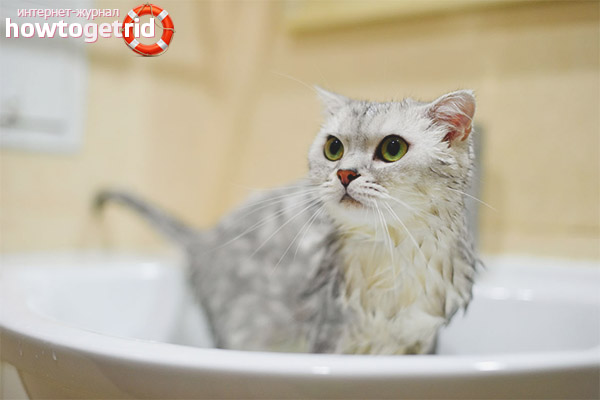




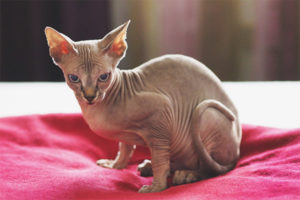
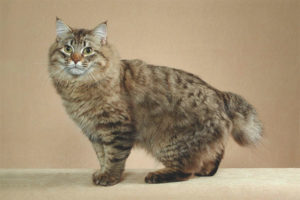
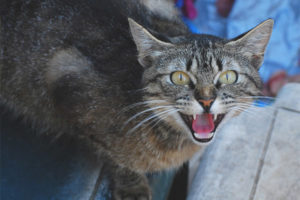
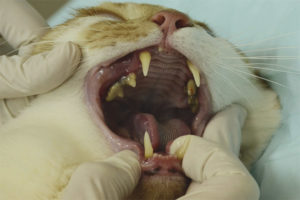

Submit